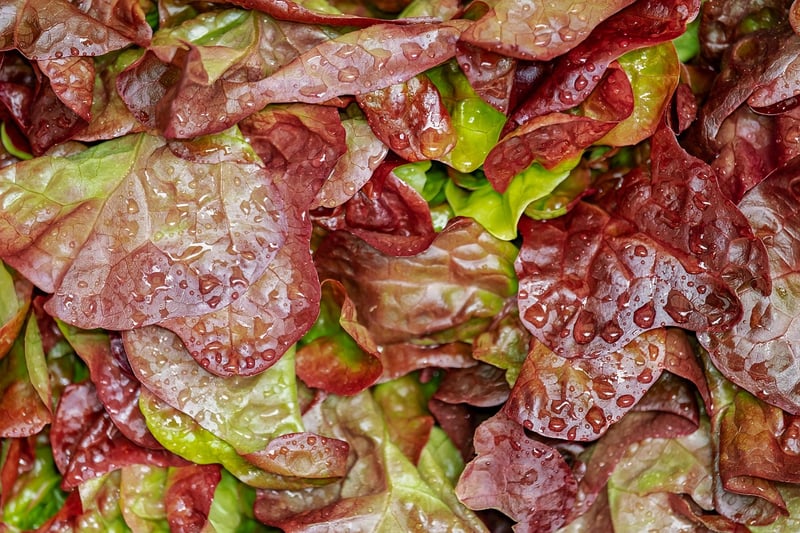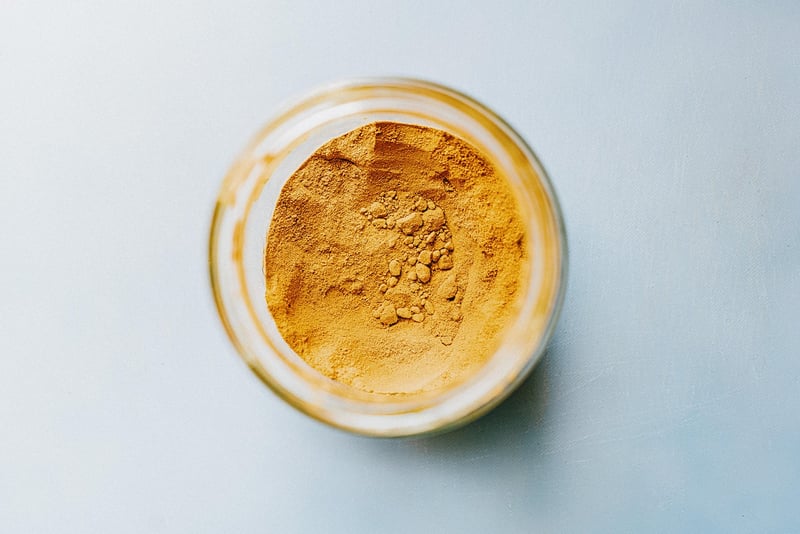Flavor Pairing
Enhance Your Culinary Skills with Flavor Pairing
Are you looking to take your cooking to the next level? One of the keys to creating delicious and memorable dishes is understanding flavor pairing. By combining ingredients that complement each other, you can elevate the taste of your meals and impress your friends and family. Let's explore some essential tips and tricks to enhance your culinary skills through flavor pairing.
The Basics of Flavor Pairing
Flavor pairing is the art of combining ingredients that work harmoniously together to create a balanced and delightful taste experience. By understanding the basic principles of flavor pairing, you can unlock a world of culinary possibilities.
1. Complementary Flavors
Pairing complementary flavors is a classic technique in cooking. Sweet and sour, salty and savory, spicy and sweet - these combinations create a dynamic balance that tantalizes the taste buds. For example, try pairing honey with mustard for a sweet and tangy sauce that complements roasted meats perfectly.
2. Contrasting Textures
Texture plays a crucial role in flavor pairing. Combining crispy and creamy textures can add depth and interest to your dishes. For instance, topping a creamy risotto with crispy fried shallots adds a delightful contrast that elevates the overall dish.
Exploring Flavor Profiles
Each ingredient has its own unique flavor profile, ranging from sweet and bitter to umami and spicy. By understanding the flavor profiles of different ingredients, you can create complex and delicious dishes that excite the palate.
1. Building Layers of Flavor
Layering flavors is a key technique in cooking. Start with a base of aromatics like onions and garlic, add in herbs and spices for depth, and finish with a splash of acidity or sweetness to balance the dish. This layering creates complexity and richness in flavor.
2. Experimenting with Global Flavors
Don't be afraid to experiment with global flavors and ingredients. Incorporating spices and condiments from different cuisines can add an exciting twist to your dishes. Try adding garam masala to your roasted vegetables for a touch of Indian flair or using miso paste in your marinades for a hint of Japanese umami.
Conclusion
Mastering the art of flavor pairing is a journey that can transform your cooking from good to exceptional. By understanding the basics of flavor pairing, exploring different flavor profiles, and experimenting with new ingredients, you can elevate your culinary skills and create dishes that leave a lasting impression. So, roll up your sleeves, sharpen your knives, and embark on a flavor-filled culinary adventure!

Image source: Pixabay
